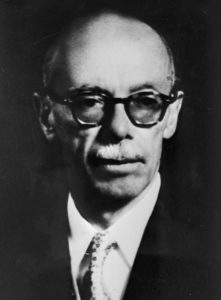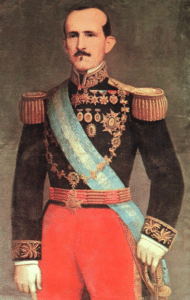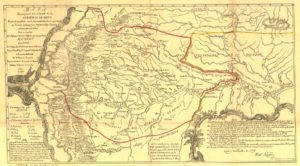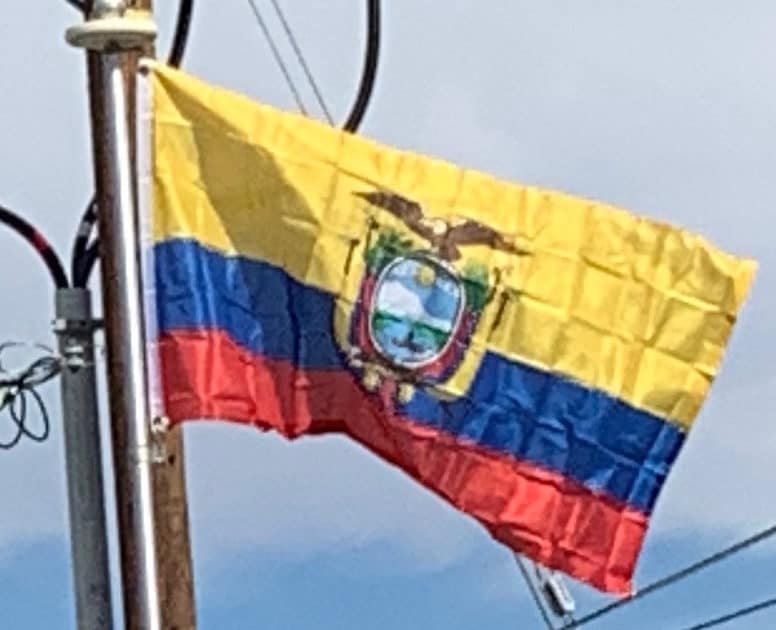Ecuador abolished slavery and freed its black slaves in 1851.
Liberal Revolution:
The Liberal Revolution of 1895 under Eloy Alfaro reduced the power of the clergy and the conservative land owners. This liberal wing retained power until the military “Julian Revolution” of 1925. The 1930s and 1940s were marked by instability and emergence of populist politicians, such as five-time President José María Velasco Ibarra.

Loss of Claimed Territories Since 1830:
The Ecuadorian–Peruvian Territorial Dispute:
Since Ecuador’s separation from Colombia in May 13, 1830, its first President, General Juan José Flores, laid claim to the territory that was called the Real Audiencia of Quito, also referred to as the Presidencia of Quito. He supported his claims with Spanish Royal decrees or Real Cedulas, that delineated the borders of Spain’s former overseas colonies. In the case of Ecuador, Flores-based Ecuador’s de jure claims on the following cedulas – Real Cedula of 1563, 1739, and 1740; with modifications in the Amazon Basin and Andes Mountains that were introduced through the Treaty of Guayaquil (1829) which Peru reluctantly signed, after the overwhelmingly outnumbered Gran Colombian force led by Antonio José de Sucre defeated President and General La Mar’s Peruvian invasion force in the Battle of Tarqui. In addition, Ecuador’s eastern border with the Portuguese colony of Brazil in the Amazon Basin was modified before the wars of Independence by the First Treaty of San Ildefonso (1777) between the Spanish Empire and the Portuguese Empire. Moreover, to add legitimacy to his claims, on February 16, 1840, Flores signed a treaty with Spain, whereby Flores convinced Spain to officially recognize Ecuadorian independence and its sole rights to colonial titles over Spain’s former colonial territory known anciently to Spain as the Kingdom and Presidency of Quito.

Ecuador during its long and turbulent history has lost most of its contested territories to each of its more powerful neighbors, such as Colombia in 1832 and 1916, Brazil in 1904 through a series of peaceful treaties, and Peru after a short war in which the Protocol of Rio de Janeiro was signed in 1942.
Struggle for Independence:
During the struggle for independence, before Peru or Ecuador became independent nations, a few areas of the former Vice Royalty of New Granada – Guayaquil, Tumbez, and Jaén – declared themselves independent from Spain. A few months later, a part of the Peruvian liberation army of San Martin decided to occupy the independent cities of Tumbez and Jaén with the intention of using these towns as springboards to occupy the independent city of Guayaquil and then to liberate the rest of the Audiencia de Quito (Ecuador). It was common knowledge among the top officers of the liberation army from the south that their leader San Martin wished to liberate present-day Ecuador and add it to the future republic of Peru, since it had been part of the Inca Empire before the Spaniards conquered it.

